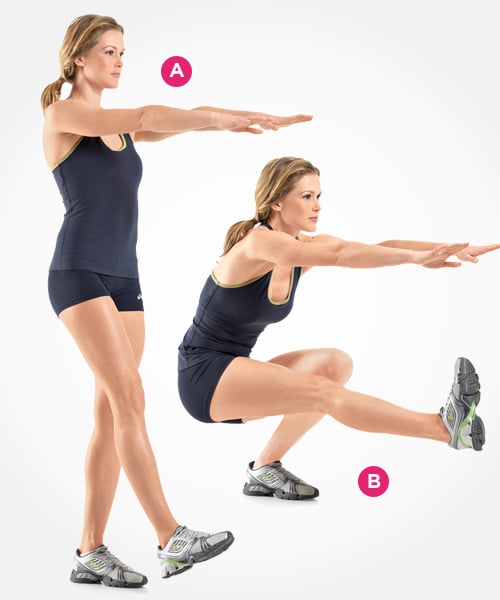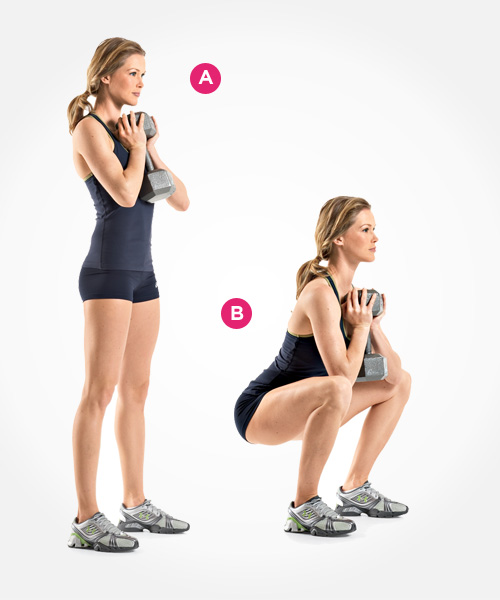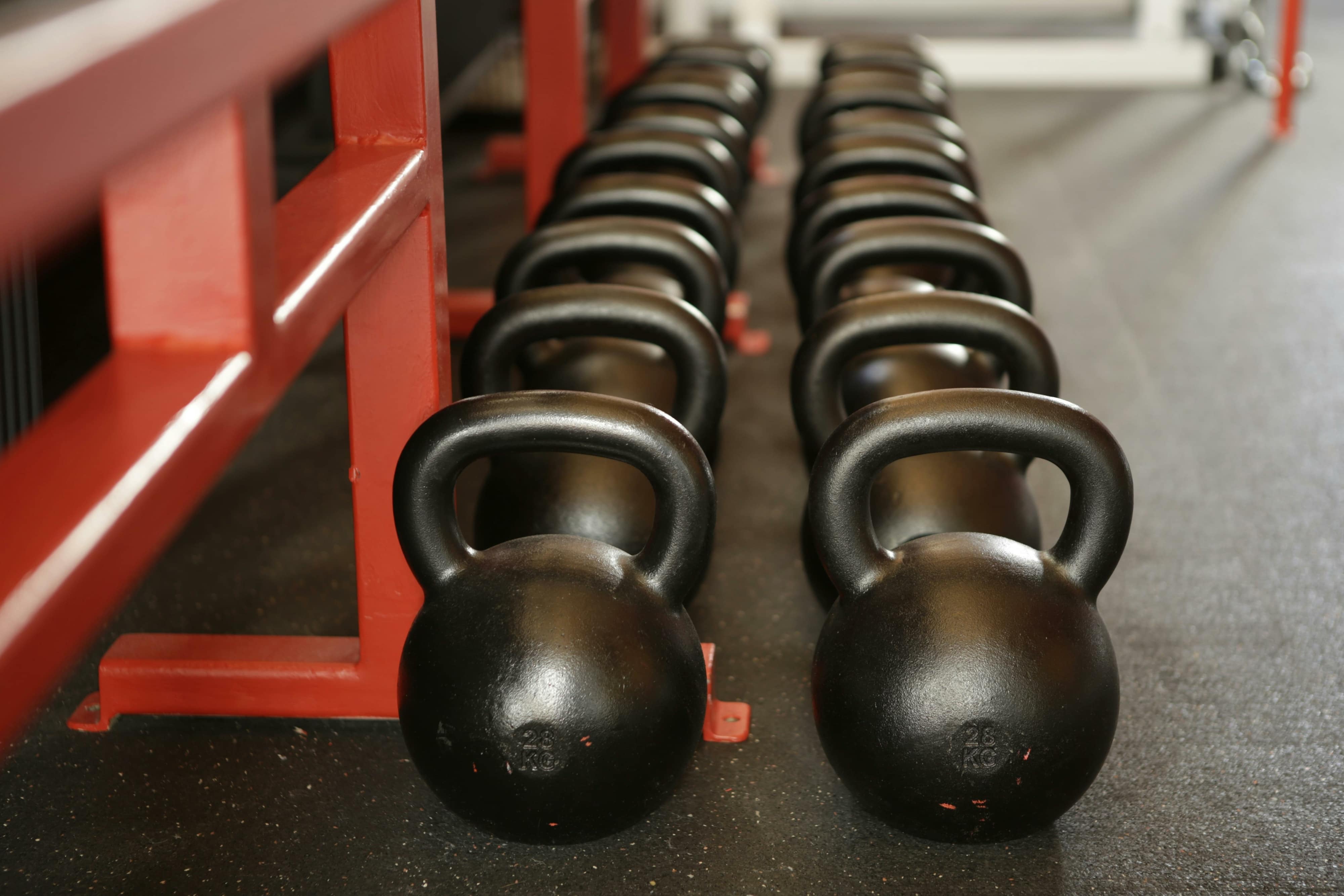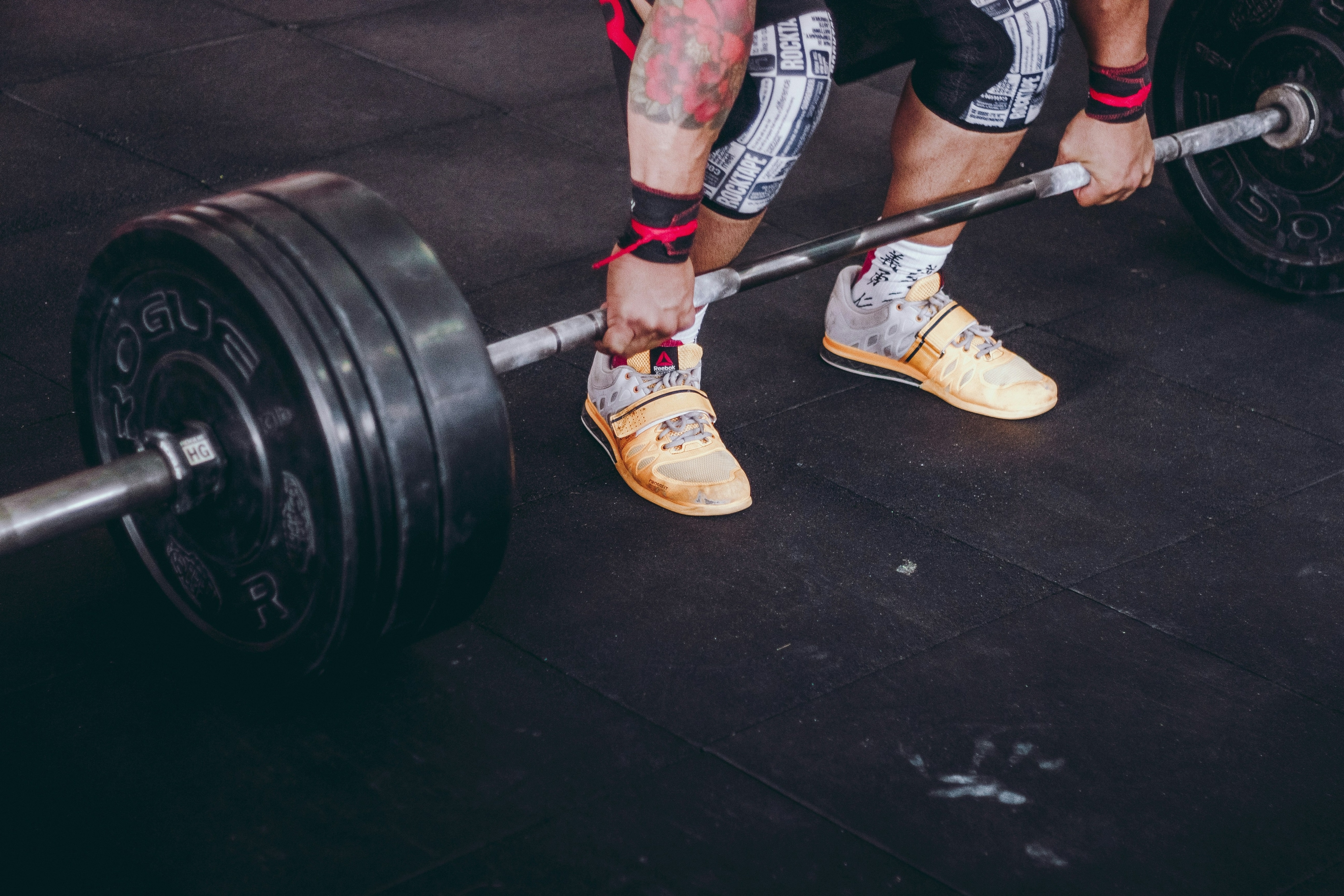As a personal trainer you have a unique opportunity to help people become healthier and influence those individuals in a positive way. However, you can’t effectively accomplish that goal if you can’t provide your clients with clear instructions for performing a movement, such as a squat. Not to worry, we have you covered on this compound, full-body movement. Let’s take a closer look:
Are you performing your squats incorrectly? Here is the correct form for squats in order to achieve maximum results.
As you may already know, squats are one of the most effective full-body exercises. In fact, they target everything from your core to your lower body—but only if you perform them correctly. The most common mistake that occurs when performing the squat is that people tend to bend immediately at the knees or let them fall in altogether. Performing a squat incorrectly can result in a strain, or worse, an injury.
That’s where you come in. Next time your clients perform a squat, have them imagine they are sitting down onto a chair and push the hips back, which will help to mitigate any unwanted pressure on the knees. As a trainer, it will be your responsibility to ensure that your clients aren’t leaning into their toes and instead sitting back into their heels. Also be sure that they aren’t arching their backs as they squat to prevent back strain or injury.
Now let’s take a look at a couple of squat exercises that you can incorporate into your client’s routine.
Learn How to Become a Certified Personal Trainer Online in Less Than 6 Months

Bodyweight jump-squat 
- Targets: Quadriceps, glutes, calves, hamstrings and core.
- Setup: All you need is yourself for this exercise.
- Stance: To begin this movement, stand with your legs hip-width apart and either raise your hands in front of your body or clasp them together—whichever is more comfortable. Next, squat down pushing your hips back, and jump straight in the air. Once you land back on your feet squat down (imagining that you are sitting onto that chair) and push your hips back. Repeat.
Barbell squat 
- Targets: Quadriceps, glutes, calves, lower back, hamstrings and core.
- Setup: According to Bodybuilding.com, “This exercise is best performed inside a squat rack for safety purposes.” Determine an appropriate weight and set the height of the bar to align with the height or your collarbone.
- Stance: Start by stepping under the bar with it resting on your back, towards the top of your shoulders. Next, stand with your legs about hip-width apart and squat down pushing your hips back then return to standing. Repeat.
Pistol squat 
- Targets: Glutes, hamstrings, calves and core.
- Setup: All you need is yourself for this exercise.
- Stance: To begin this movement, stand with your legs hip-width apart and reach one leg into the air. Next, sit back—imagining that you are sitting onto a chair—and lowering your body down as far as you can go. Slowly return to standing and repeat.
Split squat 
- Targets: Glutes, hamstrings and quadriceps.
- Setup: This squat exercise is best performed with a low box or bench right behind you.
- Stance: Stand with legs hip-width apart and lift one foot up behind you and place it on the bench or low box. Next bend your front leg and lower down as if you were standing in a lunge position. Finally, press through your heel to return to standing.
Goblet squat 
- Targets: Quadriceps, glutes and hamstrings.
- Setup: You will need a kettlebell or dumbbell.
- Stance: To begin this movement, stand with your legs hip-width apart, clasping a kettlebell or dumbbell in your hands. Squat down, keeping your back engaged and straight. Press through your heels to return to standing and repeat.
As with any other exercise, be sure that you assess your clients’ physical abilities before you incorporate it into their routines. If they have back or knee issues, be cautious and help them to build up their strength first.
[Image Source: Women’s Health]
Learn How to Become a Certified Personal Trainer Online in Less Than 6 Months






